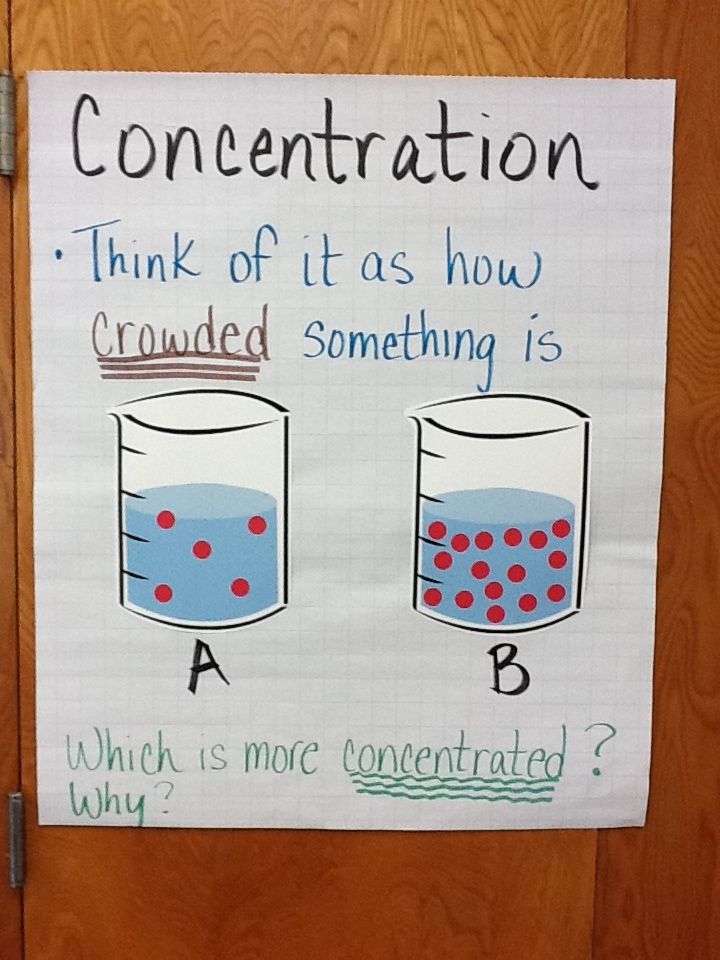How Women’s Roles in Society Changed: The Impact of the 1920s Workforce Revolution
Introduction: A Decade of Transformation for Women
The 1920s marked a profound shift in American society, especially in how women participated in public and economic life. This era, often called the Roaring Twenties, was defined by rapid social, political, and technological change. One of the most significant ways women’s roles changed during this period was their expanded participation in the workforce. This article will examine how this shift unfolded, what it means for modern society, and provide practical steps for those interested in understanding or leveraging these historic changes in today’s context.
The New Face of the Workforce
Prior to the 1920s, most women were expected to focus on domestic duties and remain in traditionally female-dominated roles such as teaching, nursing, or clerical work. However, the decade brought dramatic changes. Following the passage of the 19th Amendment in 1920, which granted women the right to vote, women began to seek greater independence and opportunities outside the home. More women entered the workforce, not only in traditional roles but also in new sectors previously dominated by men, such as manufacturing, sales, and office work [1] . This expansion was fueled by economic growth, technological innovation, and the lingering effects of World War I, which had already drawn women into factory work to replace men who were away at war [2] .
Examples of Workforce Expansion
Jobs for women in the 1920s included positions as secretaries, telephone operators, factory workers, and sales clerks. This was a notable change from earlier decades, when women’s work was largely confined to unpaid labor at home or a narrow range of professions. Women also began to attend college in greater numbers, which prepared them for roles in teaching, business, and even law [4] . Some women even became entrepreneurs or professionals, although they often faced significant discrimination and lower pay compared to men [3] .
How to Research and Access Historic Opportunities
If you are researching family history, local archives and public libraries often have employment records, census data, and periodicals from the 1920s that shed light on women’s changing roles. For those looking for educational resources, many universities provide access to historical databases and primary documents through their library systems. You can search for terms like “women in the 1920s workforce” or visit national archives and museum collections. Additionally, organizations such as the National Women’s History Museum are valuable resources for digital exhibits and educational materials. When in doubt, contact your local library or university history department for guidance.
The Rise of the ‘New Woman’ and Social Liberation
The concept of the ‘New Woman’ emerged during the 1920s, symbolizing greater autonomy, confidence, and a break from traditional gender roles. This movement included the famous ‘flappers’-young women who defied convention by wearing shorter skirts, cutting their hair, dancing in jazz clubs, and embracing new forms of self-expression [1] . While this cultural revolution was most visible among urban, middle-class women, it represented a broader trend toward increased personal freedom and public participation.
Practical Steps to Learn More
To explore the cultural impact of the 1920s on women’s roles:
- Visit local museums or historical societies for exhibits on the Roaring Twenties.
- Watch documentaries or listen to podcasts featuring historians specializing in gender studies or 20th-century American culture.
- Read memoirs or biographies of key figures like Alice Paul, Carrie Chapman Catt, or Margaret Sanger, who championed women’s rights during the era.
- Look for academic courses or online lectures on women’s history in the 20th century at major universities.
Education and Political Participation
Another major change was the increased access to higher education and political participation. The 19th Amendment not only enabled women to vote but also inspired many to run for office or become active in civic organizations. Women’s enrollment in colleges rose, though many were steered toward fields considered appropriate for their gender, such as home economics or teaching [4] . Nevertheless, this shift laid the groundwork for future generations of women to pursue advanced degrees and leadership positions [3] .
Accessing Civic and Educational Opportunities Today
If you are inspired by this history and want to get involved or learn more about civic participation, consider:
- Joining local chapters of women’s advocacy organizations, such as the League of Women Voters.
- Attending public lectures or forums on women’s history and civil rights.
- Researching scholarships and educational programs that honor women’s contributions to society.
To find these opportunities, search for terms like “women’s civic organizations” or “women’s leadership programs” and reach out to community centers or local universities for more information.

Source: youtube.com
Obstacles and Ongoing Challenges
Despite these advances, the changes in women’s roles in the 1920s were not universal. Many women, particularly women of color and those from rural or low-income backgrounds, continued to face discrimination and limited opportunities. Poll taxes, literacy tests, and other barriers kept some women from voting, especially in the South [1] . In the workplace, women often received lower wages and were expected to leave their jobs when they married or became pregnant [3] . These challenges should be acknowledged when considering the era’s progress.

Source: dreamstime.com
How to Advocate for Continued Progress
Those interested in advancing gender equality can:
- Support organizations working for equal pay and workplace rights, such as the National Women’s Law Center.
- Participate in local advocacy groups focused on voting rights and civic engagement.
- Engage in educational outreach to highlight the ongoing need for gender equity.
For those seeking to make a difference, look up reputable organizations in your community or consult national groups for volunteer opportunities and resources.
Alternative Approaches and Modern Relevance
While the workforce revolution was a defining change, other aspects of women’s lives also evolved. Access to contraception, improved household technology, and greater media representation all contributed to women’s autonomy and self-perception [3] . Modern readers can draw parallels between the challenges and opportunities of the 1920s and ongoing debates about gender roles, work-life balance, and political participation today.
Key Takeaways for Today
Understanding the 1920s helps contextualize the ongoing struggle for gender equality. The steps women took nearly a century ago-demanding the right to vote, entering new professions, and publicly asserting their independence-continue to inspire action. Whether you are an educator, student, or advocate, learning about this era provides valuable insights and practical strategies for advancing equality in your own community.



